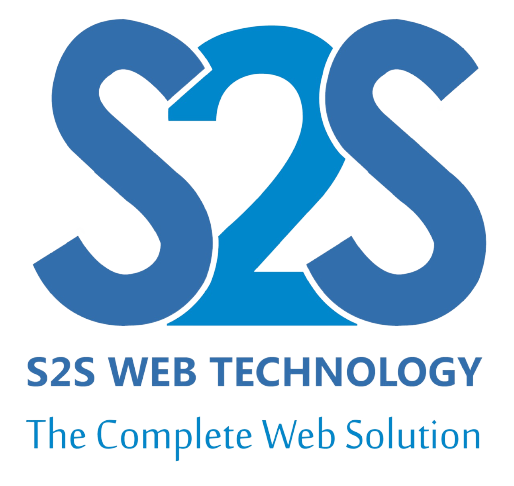Top 10 Modern Web Technologies You Must Know in 2025
Introduction
The web development landscape is evolving faster than ever. As we step into 2025, developers, startups, and businesses must adopt modern tools and technologies that enhance performance, scalability, and user experience. Whether you’re a frontend developer, backend engineer, or tech enthusiast, here are the top 10 modern web technologies you need to know in 2025.
<p>
</p>
1. WebAssembly (Wasm)
Keyword Focus: WebAssembly, Web performance, Browser performance
WebAssembly allows you to run high-performance code written in languages like C++, Rust, or Go in the browser. It executes at near-native speed, making it ideal for game engines, video editing apps, and 3D modeling tools.
-
Use Case: Bringing desktop-level applications to the web
-
Why Learn It: Enables JavaScript alternatives and advanced performance use cases
2. Web Components
Keyword Focus: Web components, Custom elements, Shadow DOM
Web Components are a set of browser APIs that let you create reusable, encapsulated UI elements using vanilla JavaScript, HTML, and CSS.
-
Use Case: Design systems, Micro frontends
-
Why Learn It: Framework-agnostic way to build reusable components
3. React Server Components (React 19)
Keyword Focus: React 19, Server components, React performance
With React 19, server components let developers offload rendering to the server while keeping interactivity on the client. This leads to better performance, smaller bundles, and improved SEO.
-
Use Case: Content-rich apps with interactivity
-
Why Learn It: Cleaner architecture and blazing-fast rendering
4. Edge Computing & Edge Functions
Keyword Focus: Edge computing, Serverless functions, Vercel Edge
Edge functions execute code closer to the user by running on globally distributed servers. Popular platforms like Vercel, Cloudflare Workers, and Netlify Edge Functions support this model.
-
Use Case: Real-time personalization, geo-aware content
-
Why Learn It: Speed and scalability for global apps
5. Next.js 14 & App Router
Keyword Focus: Next.js 14, App Router, Full-stack React
Next.js continues to dominate as a full-stack framework for React, with features like the App Router, server actions, and improved streaming capabilities in version 14.
-
Use Case: Enterprise-grade full-stack applications
-
Why Learn It: Built-in SSR, API routes, and hybrid rendering
6. Vite.js
Keyword Focus: Vite, Frontend tooling, Fast builds
Vite is a lightning-fast development server and build tool that’s quickly replacing older tools like Webpack. It supports Vue, React, Svelte, and more.
-
Use Case: Modern frontend frameworks
-
Why Learn It: Instant hot module replacement (HMR) and fast builds
7. Astro
Keyword Focus: Astro framework, Static site generator, Zero JS
Astro is a next-gen static site builder that ships zero JavaScript by default, making it ideal for performance-first content sites.
-
Use Case: Blogs, marketing sites, documentation
-
Why Learn It: Ships HTML, not JS — better SEO and page speed
8. TypeScript
Keyword Focus: TypeScript, JavaScript typing, Scalable code
TypeScript continues to dominate as the go-to choice for scalable JavaScript development. It adds static typing to JS, making your code more maintainable and less error-prone.
-
Use Case: Large-scale projects, enterprise apps
-
Why Learn It: Better refactoring and debugging experience
9. Progressive Web Apps (PWAs)
Keyword Focus: PWA, Offline apps, Mobile-first web
PWAs provide native app experiences in the browser, including offline access, home screen installation, and push notifications.
-
Use Case: Mobile-first platforms, e-commerce, news portals
-
Why Learn It: Mobile usability without app store dependency
10. AI-Enhanced Development Tools
Keyword Focus: AI coding tools, GitHub Copilot, Developer productivity
Tools like GitHub Copilot, Cursor, and AI integrations in IDEs are changing how we code. They help with boilerplate generation, error detection, and even full feature scaffolding.
-
Use Case: Faster prototyping, testing, and documentation
-
Why Learn It: Boost productivity and streamline dev workflows
✅ Bonus: Headless CMS & Composable Architecture
Keyword Focus: Headless CMS, Composable web, JAMstack
Platforms like Sanity, Strapi, and Contentful enable developers to deliver content through APIs, allowin
